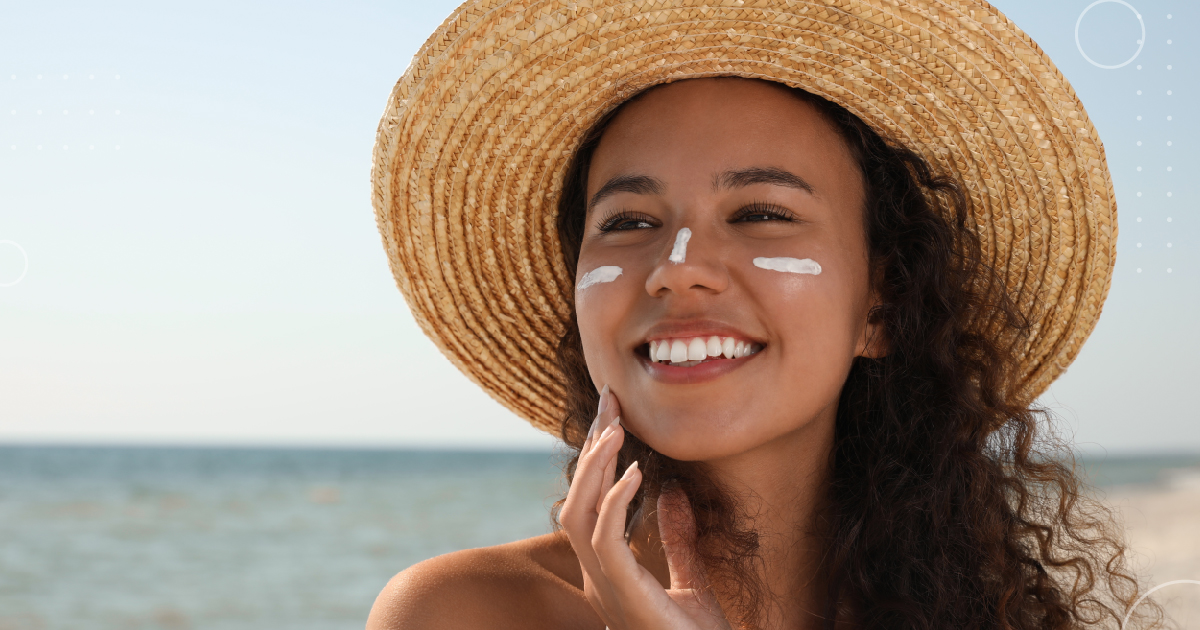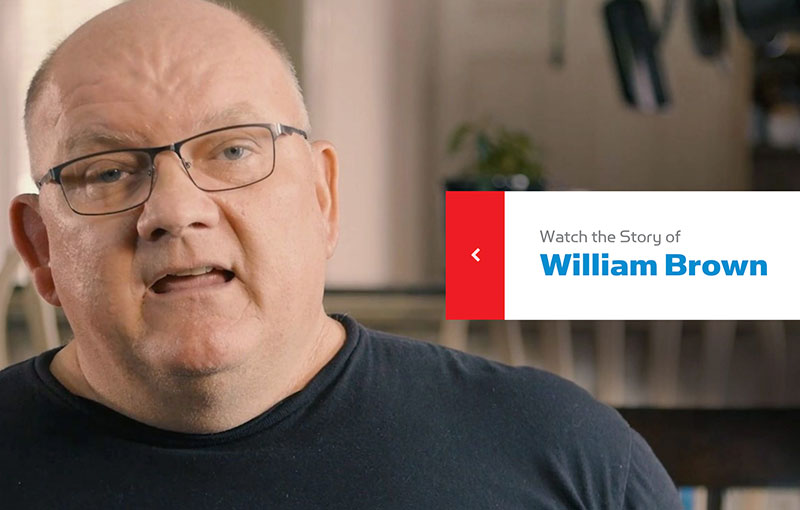Skin Cancer Awareness: Staying Safe Under the Sun

Every year, over 5 million people are diagnosed with skin cancer in the United States alone. May is Skin Cancer Awareness Month, and Physicians Premier is committed to joining the fight against this prevalent disease. To support this cause, we’re sharing key information and practical tips to help you and your loved ones stay protected against skin cancer.
Understanding Skin Cancer
Skin cancer, the most common form of cancer in the United States, affects millions each year. Despite its prevalence, many people are unaware of its seriousness and the simple steps that can drastically reduce their risk. As the sun grows stronger in the spring and summer months, understanding and taking proactive measures against skin cancer is essential.
Statistics That Matter
Every year, more than 5 million cases of skin cancer are diagnosed nationwide. This staggering number surpasses the diagnosis rates of all other cancers combined, emphasizing the need for heightened awareness and proactive health measures.
About 90% of nonmelanoma skin cancers and 85% of melanoma cases are associated with ultraviolet radiation from the sun. While the sun provides warmth and vitamin D, it can be risky without proper precautions.
Here are some important facts about skin cancer:
- Every day, over 9,500 people in the U.S. are diagnosed with skin cancer.
- More than two Americans die from skin cancer every hour.
- Globally, over 5,400 people die from nonmelanoma skin cancers each month.
- Having more than five sunburns can double your risk of developing melanoma.
- The five-year survival rate for melanoma is 99 percent if detected early.
- Regular sunscreen use (SPF 15 or higher) can lower your skin cancer risk by about 40%.
- Only 20 to 30 percent of melanomas develop from existing moles, while 70 to 80 percent appear on previously normal skin.
- It’s not just the sun – indoor tanning, such as using tanning beds, increases the risk of carcinoma by 83%.
For additional information on skin cancer, visit skincancer.org.
Prevention is Key
Preventing skin cancer involves several simple but essential steps. By incorporating these habits into your daily routine, you can significantly reduce your risk of developing skin cancer:
- Seek the shade – Finding shade is important, especially during the peak sun hours between 10 AM and 4 PM. Whether it’s a tree, umbrella, or a covered porch, staying out of direct sunlight during these hours can protect your skin.
- Use sunscreen – Apply a broad-spectrum sunscreen with an SPF of 30 or higher even on overcast days. Reapply every two hours, or after sweating or swimming, to maintain continuous protection.
- Avoid tanning – Steer clear of tanning beds and prolonged sun exposure. Tanned skin is damaged skin, and any change in skin color after being outside signifies damage from UV rays.
- Self-exams are vital – Regularly examining your skin for new moles, growths, or changes can help detect skin cancer early when it is most treatable. Look for asymmetry, irregular borders, uneven color, diameter larger than a pencil eraser, or any evolving marks.
- Regular dermatologist visits – Seeing a dermatologist annually for a professional skin exam can catch potential skin cancers early. If you have a history of sunburns or skin cancer in your family, these visits are even more critical.
- Moderate sun exposure – While it’s important to protect your skin, moderate sun exposure is beneficial for vitamin D synthesis. Just remember to control the time you spend in the sun to reduce skin cancer risk.
Balancing Sun Exposure and Safety
With the return of warm weather and outdoor activities, the desire to soak up the sun has never been stronger. However, while the sun’s rays can lift your spirits and provide essential vitamin D, it’s important to approach sun exposure with caution. Skin cancer, though common, is highly preventable. By following the above tips, everyone can enjoy the benefits of the sun safely.
Skin Cancer Awareness Month serves as an important reminder of the risks associated with excessive sun exposure and the importance of protective measures. By staying informed, seeking shade, using sunscreen, avoiding tanning, conducting regular skin self-exams, visiting a dermatologist, and balancing sun exposure with safety, we can all enjoy a healthier, sun-safe summer. Remember, while the sun can be enjoyable, skin health is important. Let’s remember these practices to have a fun and safe outdoor season!
Sources:
“Key Statistics for Basal and Squamous Cell Skin Cancers,” American Cancer Society, https://www.cancer.org/cancer/types/basal-and-squamous-cell-skin-cancer/about/key-statistics.html
“Nonmelanoma skin cancer,” Mayo Clinic, https://www.mayoclinic.org/diseases-conditions/nonmelanoma-skin-cancer/symptoms-causes/syc-20355397
“Melanoma,” Mayo Clinic, https://www.mayoclinic.org/diseases-conditions/melanoma/symptoms-causes/syc-20374884
“What Can I Do to Reduce My Risk of Skin Cancer?” Centers for Disease Control and Prevention, https://www.cdc.gov/cancer/skin/basic_info/prevention.htm
“How to Prevent Skin Cancer,” American Academy of Dermatology Association, https://www.aad.org/public/diseases/skin-cancer/prevent/how
“Balancing the risks and benefits of sun exposure: A revised position statement for Australian adults,” National Library of Medicine, https://pubmed.ncbi.nlm.nih.gov/38350754/


